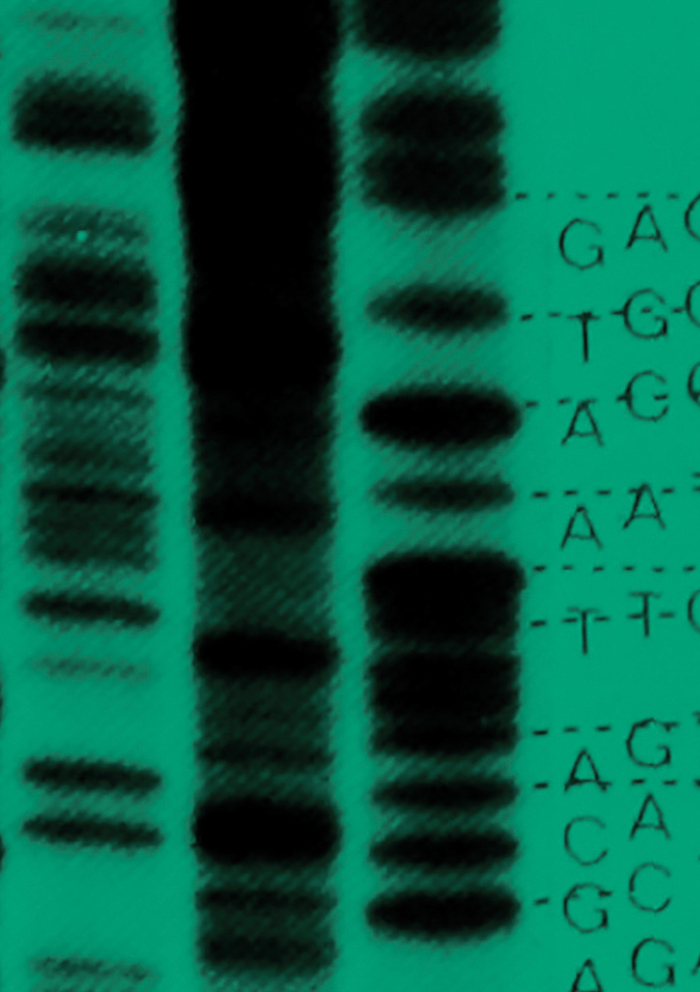 -
Volume 2,
Issue 1,
2016
-
Volume 2,
Issue 1,
2016
Volume 2, Issue 1, 2016
- Methods
-
- Genomic Methodologies: Novel phylogenetic methods
-
-
SimBac: simulation of whole bacterial genomes with homologous recombination
More LessBacteria can exchange genetic material, or acquire genes found in the environment. This process, generally known as bacterial recombination, can have a strong impact on the evolution and phenotype of bacteria, for example causing the spread of antibiotic resistance across clades and species, but can also disrupt phylogenetic and transmission inferences. With the increasing affordability of whole genome sequencing, the need has emerged for an efficient simulator of bacterial evolution to test and compare methods for phylogenetic and population genetic inference, and for simulation-based estimation. We present SimBac, a whole-genome bacterial evolution simulator that is roughly two orders of magnitude faster than previous software and includes a more general model of bacterial evolution, allowing both within- and between-species homologous recombination. Since methods modelling bacterial recombination generally focus on only one of these two modes of recombination, the possibility to simulate both allows for a general and fair benchmarking. SimBac is available from https://github.com/tbrown91/SimBac and is distributed as open source under the terms of the GNU General Public Licence.
-
- Research Paper
-
- Systems Microbiology: Genome annotation, metabolic reconstructions
-
-
Comparative genomics of pyridoxal 5′-phosphate-dependent transcription factor regulons in Bacteria
More LessThe MocR-subfamily transcription factors (MocR-TFs) characterized by the GntR-family DNA-binding domain and aminotransferase-like sensory domain are broadly distributed among certain lineages of Bacteria. Characterized MocR-TFs bind pyridoxal 5′-phosphate (PLP) and control transcription of genes involved in PLP, gamma aminobutyric acid (GABA) and taurine metabolism via binding specific DNA operator sites. To identify putative target genes and DNA binding motifs of MocR-TFs, we performed comparative genomics analysis of over 250 bacterial genomes. The reconstructed regulons for 825 MocR-TFs comprise structural genes from over 200 protein families involved in diverse biological processes. Using the genome context and metabolic subsystem analysis we tentatively assigned functional roles for 38 out of 86 orthologous groups of studied regulators. Most of these MocR-TF regulons are involved in PLP metabolism, as well as utilization of GABA, taurine and ectoine. The remaining studied MocR-TF regulators presumably control genes encoding enzymes involved in reduction/oxidation processes, various transporters and PLP-dependent enzymes, for example aminotransferases. Predicted DNA binding motifs of MocR-TFs are generally similar in each orthologous group and are characterized by two to four repeated sequences. Identified motifs were classified according to their structures. Motifs with direct and/or inverted repeat symmetry constitute the majority of inferred DNA motifs, suggesting preferable TF dimerization in head-to-tail or head-to-head configuration. The obtained genomic collection of in silico reconstructed MocR-TF motifs and regulons in Bacteria provides a basis for future experimental characterization of molecular mechanisms for various regulators in this family.
-
- Microbial evolution and epidemiology: Population Genomics
-
-
-
Evolutionary dynamics of Enterococcus faecium reveals complex genomic relationships between isolates with independent emergence of vancomycin resistance
More LessEnterococcus faecium, a major cause of hospital-acquired infections, remains problematic because of its propensity to acquire resistance to vancomycin, which currently is considered first-line therapy. Here, we assess the evolution and resistance acquisition dynamics of E. faecium in a clinical context using a series of 132 bloodstream infection isolates from a single hospital. All isolates, of which 49 (37 %) were vancomycin-resistant, underwent whole-genome sequencing. E. faecium was found to be subject to high rates of recombination with little evidence of sequence importation from outside the local E. faecium population. Apart from disrupting phylogenetic reconstruction, recombination was frequent enough to invalidate MLST typing in the identification of clonal expansion and transmission events, suggesting that, where available, whole-genome sequencing should be used in tracing the epidemiology of E. faecium nosocomial infections and establishing routes of transmission. Several forms of the Tn1549-like element–vanB gene cluster, which was exclusively responsible for vancomycin resistance, appeared and spread within the hospital during the study period. Several transposon gains and losses and instances of in situ evolution were inferred and, although usually chromosomal, the resistance element was also observed on a plasmid background. There was qualitative evidence for clonal expansions of both vancomycin-resistant and vancomycin-susceptible E. faecium with evidence of hospital-specific subclonal expansion. Our data are consistent with continuing evolution of this established hospital pathogen and confirm hospital vancomycin-susceptible and vancomycin-resistant E. faecium patient transmission events, underlining the need for careful consideration before modifying current E. faecium infection control strategies.
-
-
Most Read This Month


